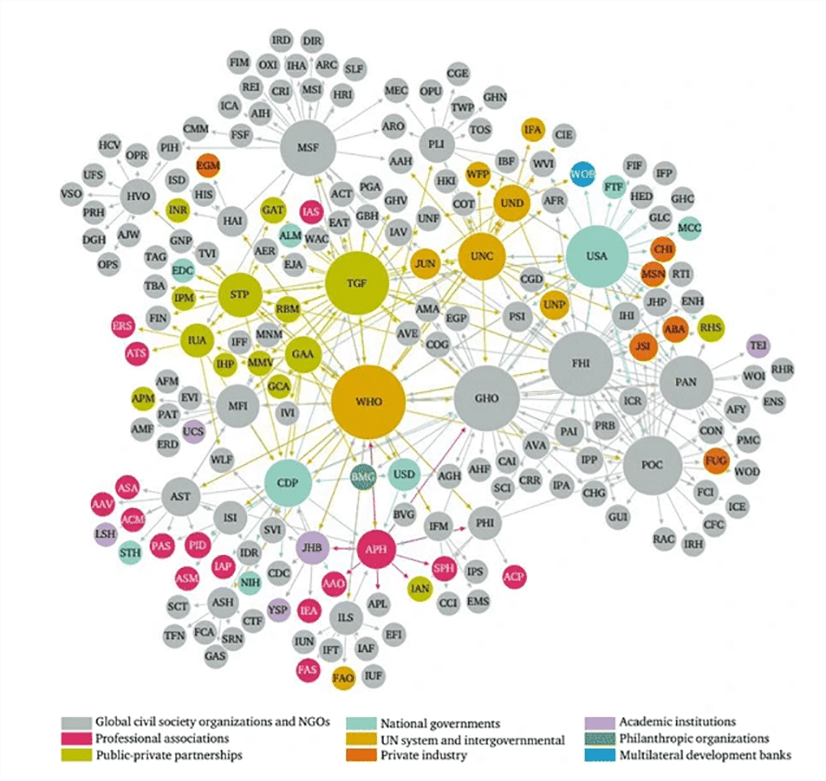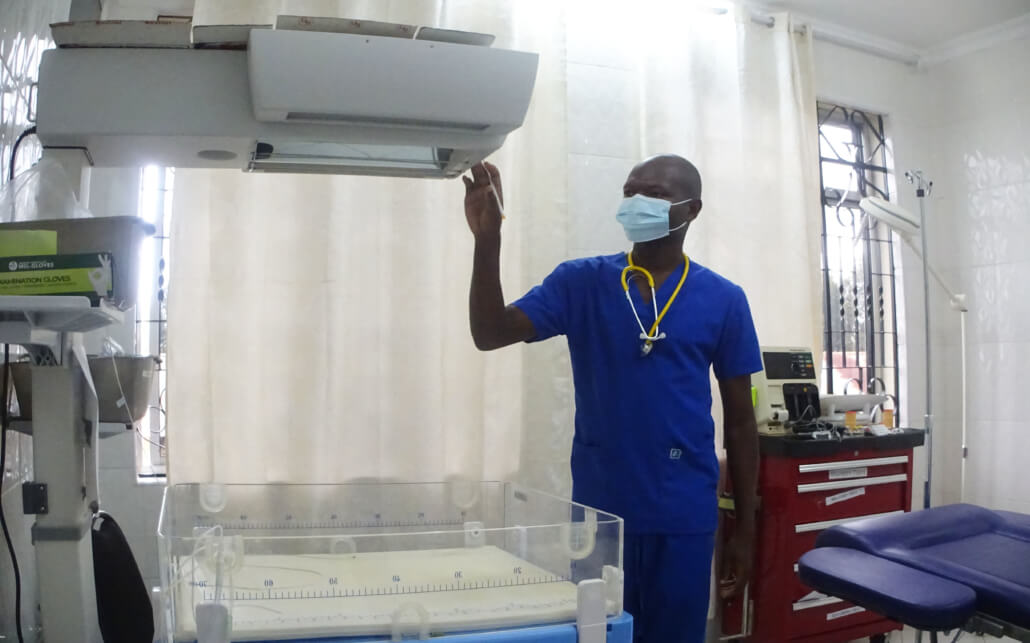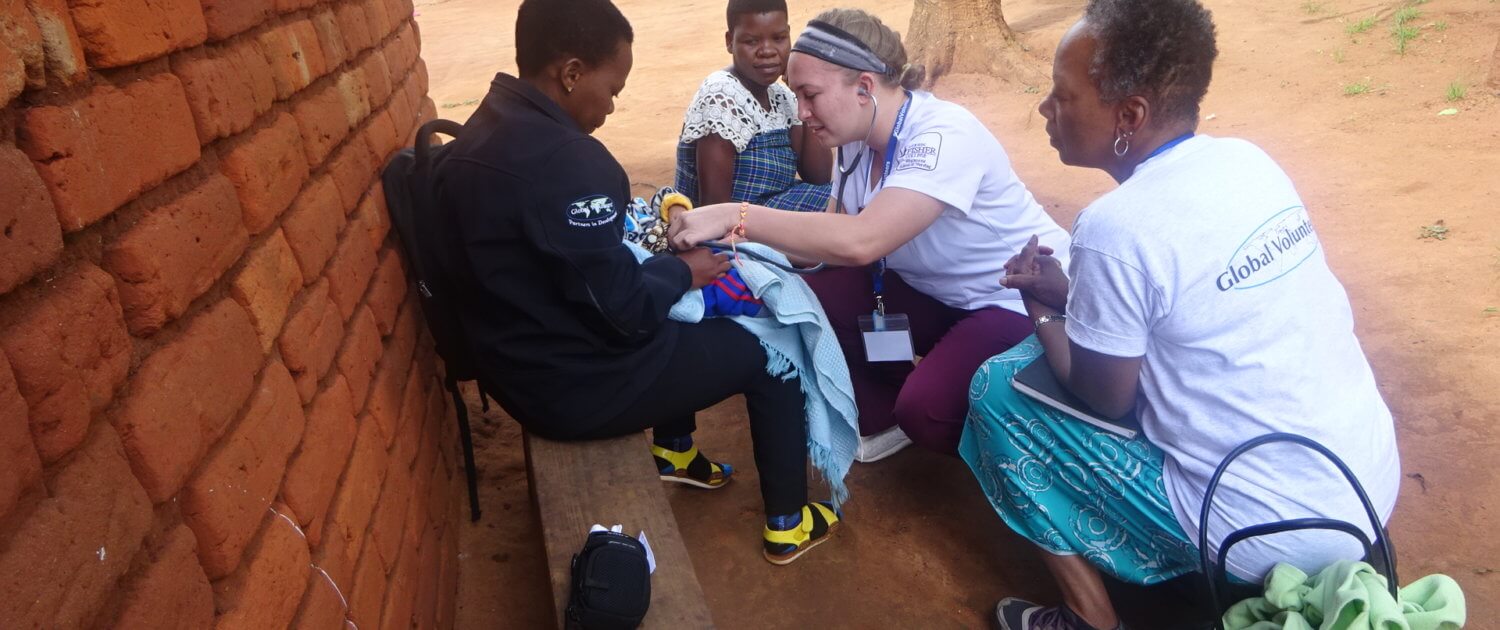It Takes a Global Village to Deliver World Health
Health is central to the United Nations’ Sustainable Development Goals (SDGs). Specifically, SDG 3 aims to “Ensure healthy lives and promote well-being for all at all ages,” and is underpinned by 13 “targets” covering a wide spectrum of world health. Almost all of the other 16 goals are related to health or their achievement will contribute to health indirectly. A common requirement among all the goals is multilateral cooperation between and among countries, and within communities from the lowest to the highest levels. In a real way, world health requires a global perspective from the ground level.
Delivering health care in an international and interdisciplinary context is the purview of millions of large and small NGOs the world over. Important steps were taken towards global cooperation in world health with the formation of the United Nations (UN) and the World Bank Group in 1945, after World War II. In 1948, the member states of the newly formed UN gathered to create the World Health Organization (WHO). Collecting and comparing health data from across the globe, WHO describes the state of world health by measuring the burden of disease – the loss of health from all causes of illness and deaths in every region. While the scope of world health concerns grows each year, ethical and compassionate organizations aim to equitably provide quality care to all on a macro and micro level. This diagram illustrates the interrelation of various health services providers in the world.

World Health and National Governments
According to WHO, public health is one of the greatest investments of government. Relatively inexpensive prevention measures can prevent life-threatening and expensive medical problems later in life. Public health promotes the welfare of the entire population through education and access to safe and quality care, and prevents the spread of infectious disease and environmental hazards. “Governments can take a strong leadership role in developing and implementing world health literacy promotion policies by providing sustained funding, setting up special projects, coordinating action across sectors, and conducting health literacy surveillance regularly,” says WHO. When local governments enable participatory and representative decision-making on health education and promote equity at all levels, families and communities will change their behavior to improve their health.

World Health and Civil Society
Where governments have not delivered basic health services, non-government organizations (NGOs), a large sector in civil society, have sought to fill gaps. Some also campaign to influence public policy where specific population groups have been neglected by the state and/or markets. Where there is a lack of public or private funding for health needs, NGOs have raised public awareness and mobilized resources. Where corporate conduct has adversely affected world health, civil society frequently advocates for appropriate regulation. Often, civil society organizations (CSOs) gain the trust and credibility of governments after decades of successful engagement, and may participate in multi-sectoral, collaborative efforts. Global Volunteers’ Reaching Children’s Potential Program (RCP) in Tanzania is an example of comprehensive and sustainable health care education and interventions delivered at the community level in collaboration with district and national governments to advance world health.

World Health and Academic Institutions
World health has attracted growing attention from academic institutions. As places of knowledge innovation, validation, transmission, and application, academic institutions can advance world health education, research, and practice. At the fifth World Health Summit at Berlin in 2013, the World Federation of Academic Institutions for Global Health (WFAIGH) was launched as a global platform for academic institutions to influence broad health policies, to foster transformative knowledge and research, and to share best practices in capacity building. At the operational level, change occurs through sharing and comparing across systems and cultures, using both qualitative and quantitative methods, validating new evidence internally and externally, and making interdisciplinary and international collaborations a prerequisite.

World Health and Families
Individuals themselves are ultimately responsible for their own health. Families can have a life-long influence on the health of their children and the broader community. In its 2013 report, Family as Centre of Health Development, WHO declares the family as “the central and important social institution for health development in which individuals are born and receive resources for their growth and development.” The family influences healthy behaviors, and facilitates care and recovery from illnesses. When families and schools work together, they can advance the healthy development of children and sustain healthy lifestyles. Oftentimes, mothers take the lead in child health and nutrition, protection from infectious diseases, adolescent reproductive health, and the family’s mental wellness. Cumulatively, healthy communities and healthy nations lead to world health.

World Health and Volunteers
Parents the world over want what’s best for their children. When parents, educators and caregivers know how to keep children nutritiously fed and healthy, have the appropriate technology and resources to do so, and apply the knowledge and embrace the technology, children will realize their full potential. Volunteers are an infinitely renewable resource for these essential services to families and children. Volunteers become catalysts – motivating local communities to collaborate to take advantage of the resources offered. Amazingly, if only one to two percent of the global population volunteered, essential services could be provided to every child on the planet who needs them, contributing to overall world health. The rationale is compelling. Children’s health is ensured through sufficient food and nutrition, access to clean water and hygiene education, and protection from infectious disease, injury and environmental contamination. Good health ensures they can exercise their full intellectual capability through education, and the entire world benefits.




Leave a Reply
Want to join the discussion?Feel free to contribute!